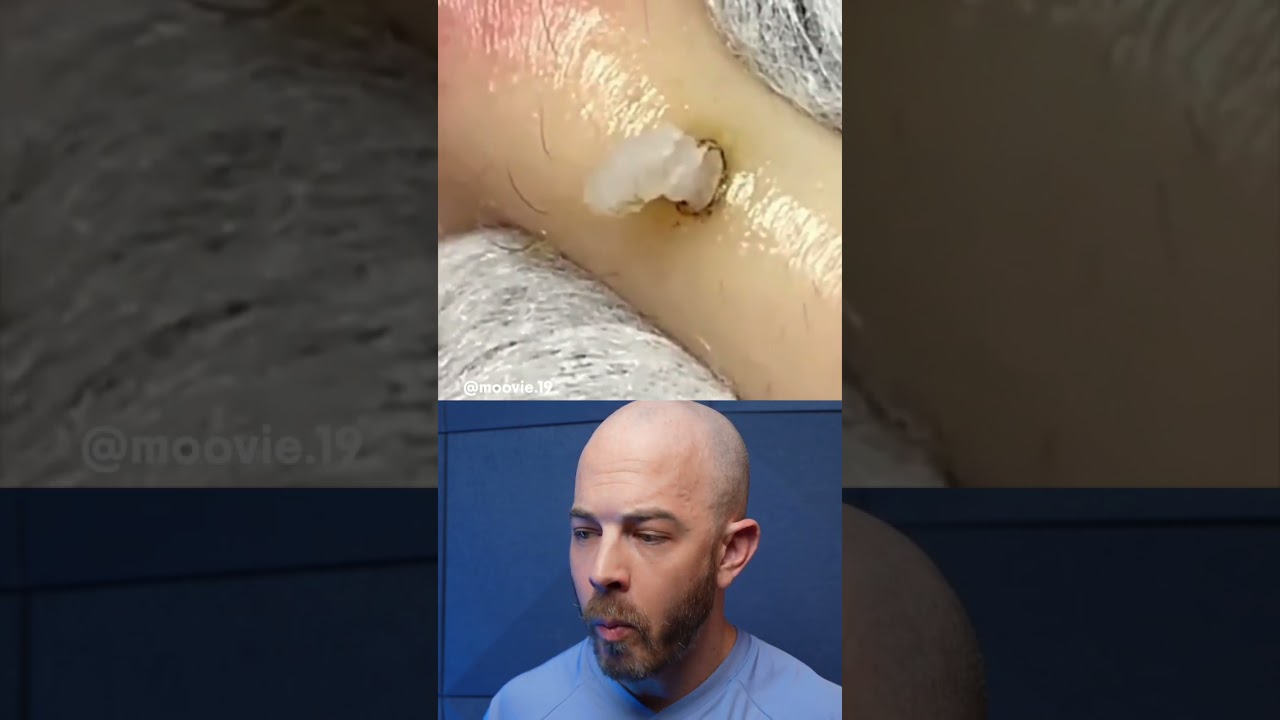Acne can be a frustrating and sometimes embarrassing condition, but did you know that the location of your breakouts can provide valuable insights into your overall health? According to dermatologists, the location of acne on your face and body can signal different underlying issues, from hormonal imbalances to dietary choices. Understanding these patterns can be a crucial step in managing your skin and addressing potential health concerns.
Forehead
Breakouts on the forehead are often associated with stress and digestion issues. This area is linked to the gastrointestinal tract, meaning that irregularities in diet, such as a high intake of processed foods or sugars, may contribute to these breakouts. Additionally, forehead acne can be exacerbated by hair products or headwear, so it’s essential to keep your hair clean and avoid heavy products that might clog pores.
Temples
Acne on the temples can indicate hormonal fluctuations. For many, this may be related to the menstrual cycle or conditions such as polycystic ovary syndrome (PCOS). It’s important to consider consulting a healthcare provider if you frequently experience breakouts in this area, as hormonal imbalances can affect not just your skin but overall health as well.
Cheeks
Cheek acne can often be linked to lifestyle factors. For example, dirty phones, pillowcases, or even frequent touching of the face can contribute to breakouts in this area. Additionally, cheeks are sometimes connected to respiratory issues; for instance, acne in this region can indicate an allergy or sensitivity. Keeping your environment clean and practicing good hygiene can help reduce acne in this area.
Chin and Jawline
The chin and jawline are frequently associated with hormonal acne, particularly in women. Breakouts here can be linked to menstrual cycles and hormonal changes, and they often appear as cystic acne—painful, deep, and often inflamed. Maintaining a balanced diet and considering supplements to help regulate hormones can be beneficial. If breakouts persist, it might be worthwhile to explore options such as birth control pills or other hormonal treatments under the guidance of a dermatologist.
Nose
Acne on the nose may indicate issues with circulation or even excess oil production. It is often a sign of an oily T-zone, which can be exacerbated by poor dietary choices or dehydration. Incorporating more water and healthy fats into your diet can help balance oil production, while regular cleansing and exfoliating can keep the pores clear.
Back and Shoulders
Body acne, particularly on the back and shoulders, is commonly linked to sweating, friction, and irritation from clothing. This can often be seen in individuals who are active or live in humid climates. Using non-comedogenic products and wearing breathable fabrics can help reduce breakouts. Additionally, ensuring that sweat is promptly washed off after workouts can prevent pore blockage.
Conclusion
While acne can be a multifaceted condition influenced by a variety of factors, understanding the significance of its location can provide a roadmap for treatment and prevention. From hormonal imbalances to lifestyle choices, each area of the skin tells a different story. If you’re struggling with persistent acne, consulting a dermatologist can help you develop a personalized approach to manage your skin effectively. Remember, your skin reflects more than just your external environment; it often mirrors your internal health, making it essential to listen to what it has to say.


